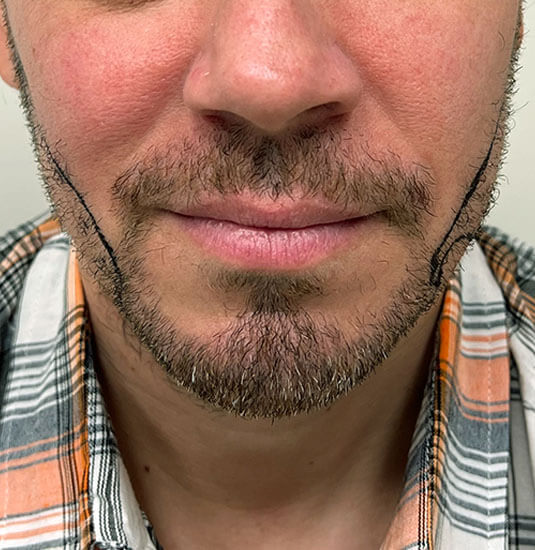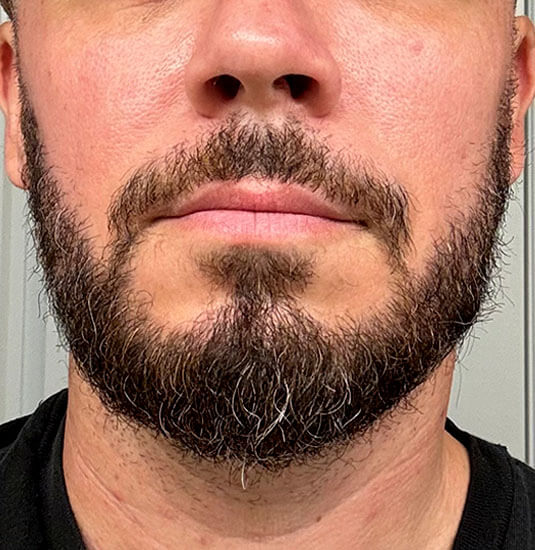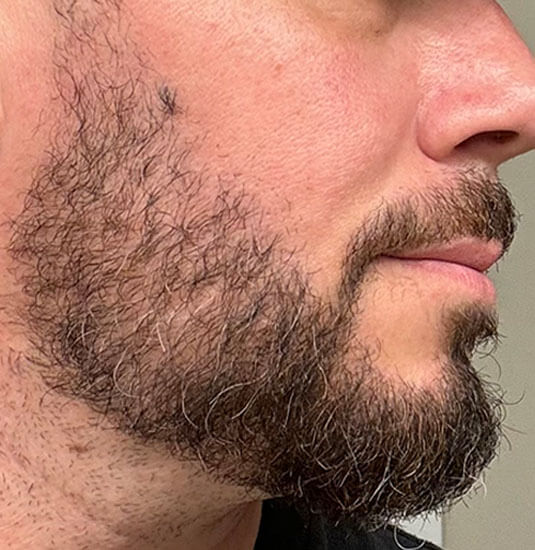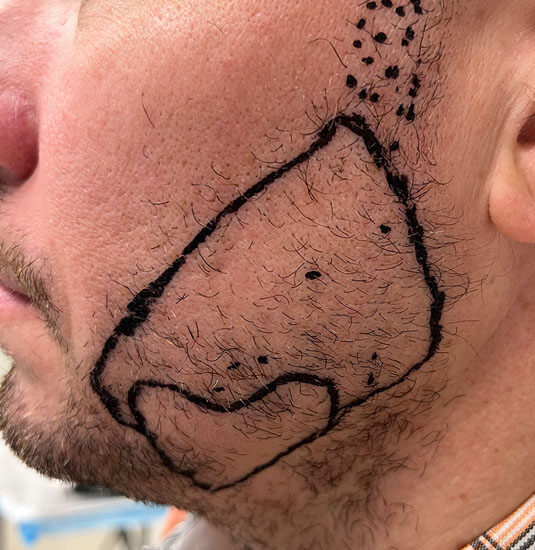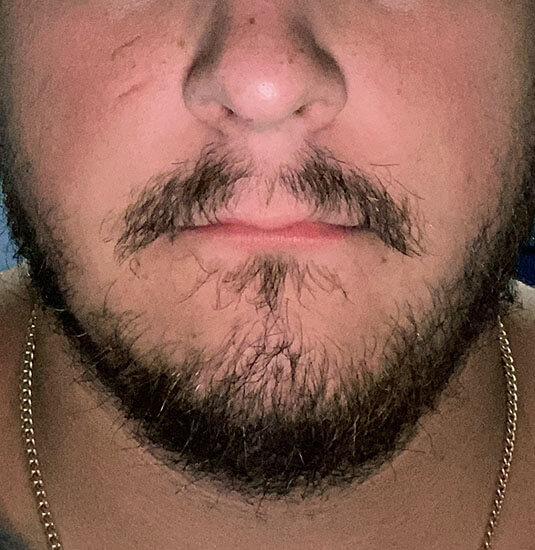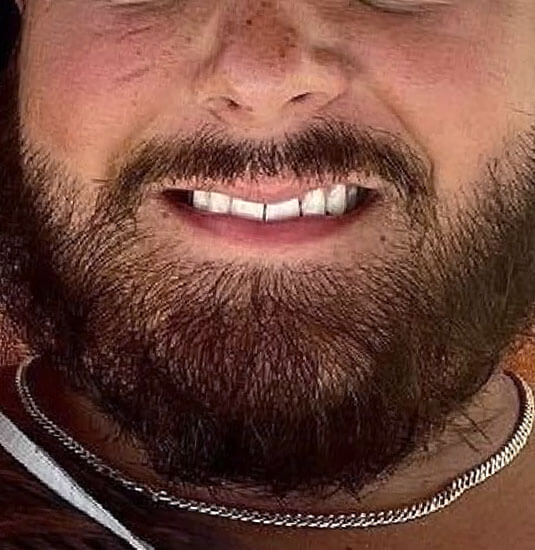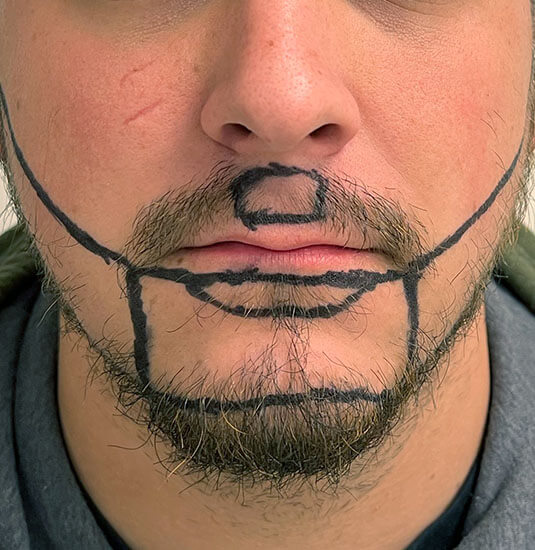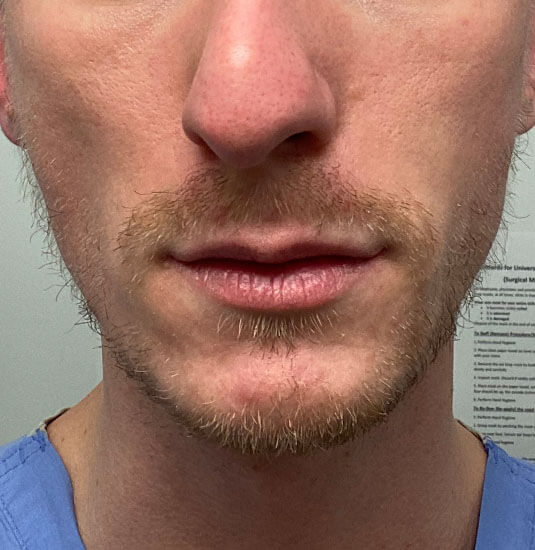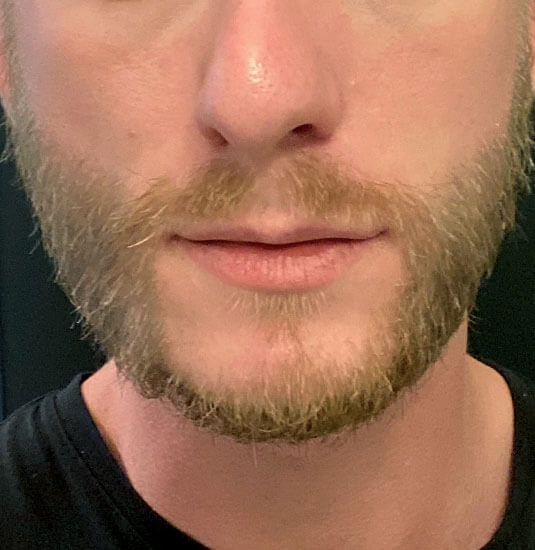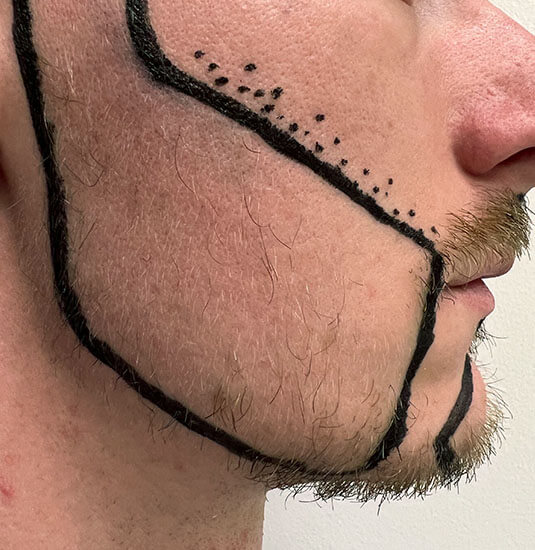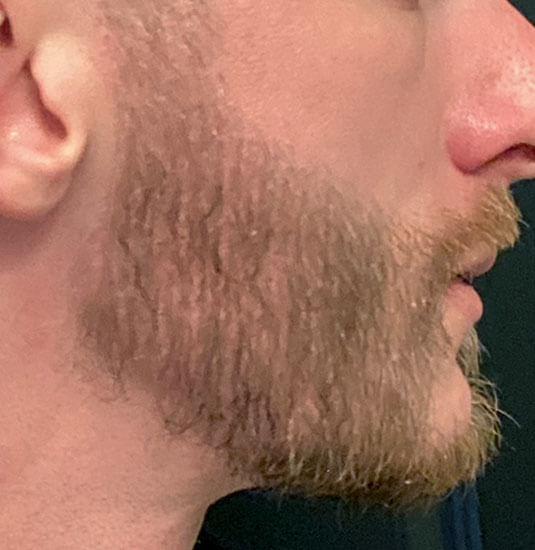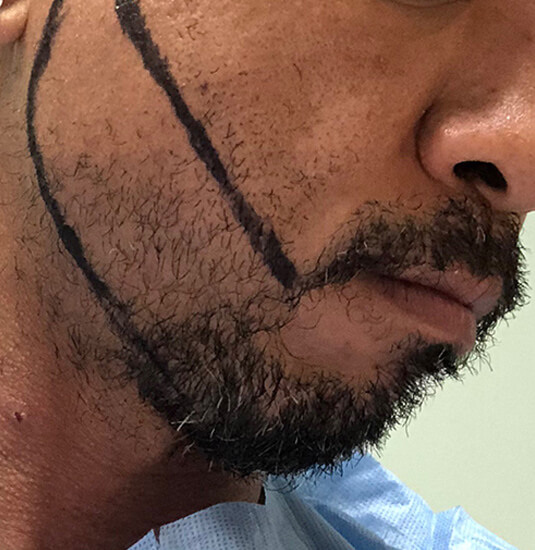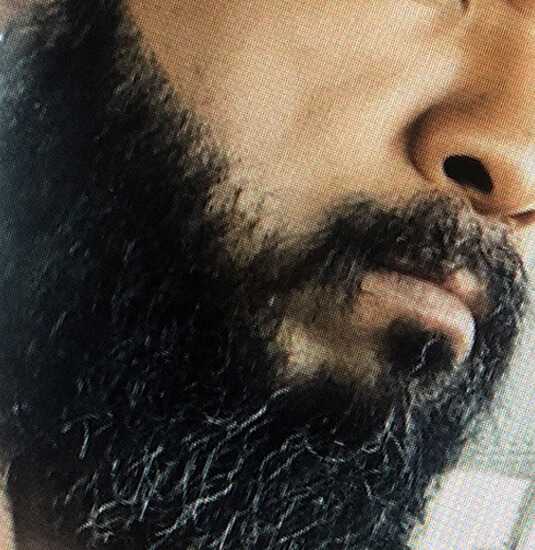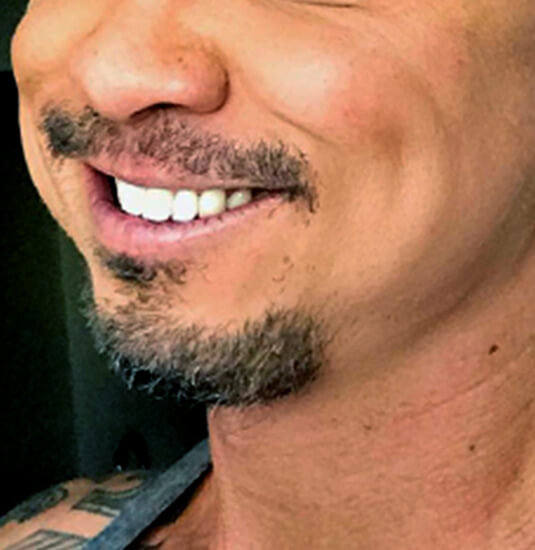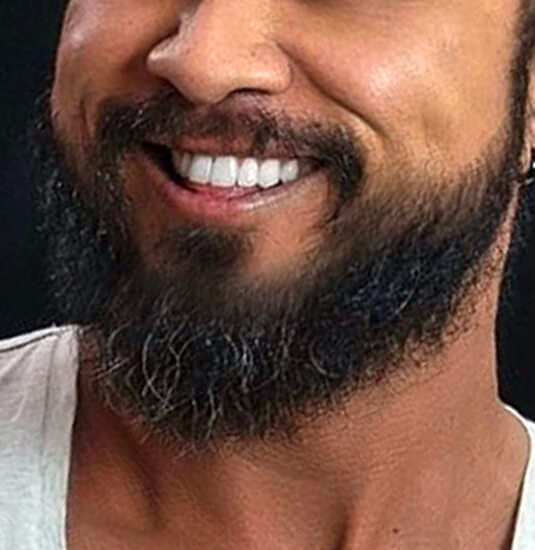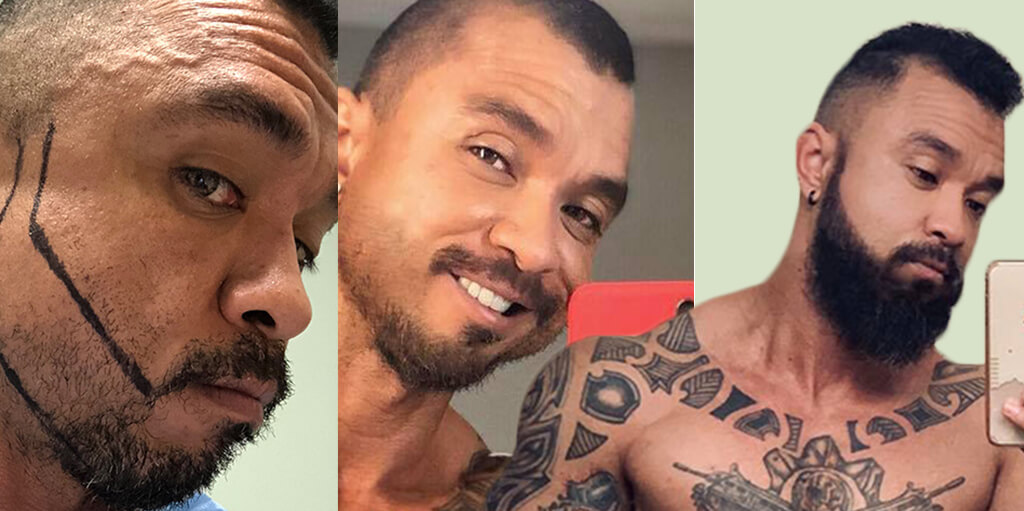The Struggle to Grow Facial Hair
From a full beard to an unshaven three day’s stubble, facial hair is in fashion.
“So what do you do if you have patchy beard growth at best, or no facial hair to speak of at all?”
The solution to your problem is a beard transplant. Using donor hair from the back of the head to restore facial hair is a popular form of hair restoration. Even though facial hair often looks different than regular hair, we assure you that this works!
Our Nashville Hair Doctor® team of NeoGraft technicians has extensive experience with FUE beard restoration, and the results to prove it. Our strong reputation for incredible results, low pricing, and one-of-a-kind personal support throughout the process attracts patients from all over the United States.
If you are looking for excellent and yet discreet hair growth results, a hassle-free procedure, and a fast return to work and play, look no further.
A NeoGraft beard transplant does all those things, and more.
